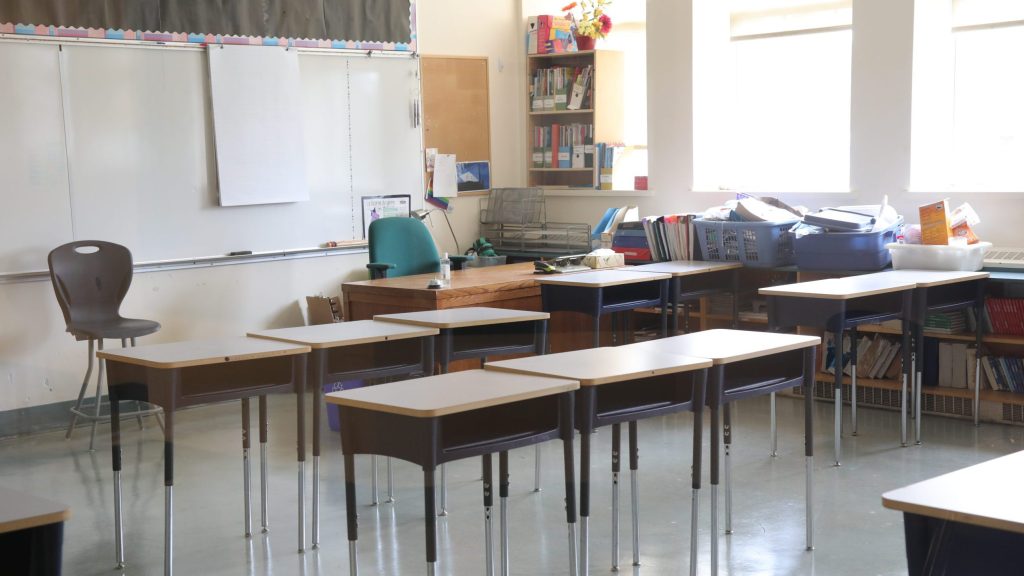Low returns of salmon ‘blob’ babies prompts closure
Posted July 11, 2019 6:52 am.
Last Updated July 11, 2019 3:49 pm.
VANCOUVER (NEWS 1130) — Five years after a “blob” of abnormally warm water took up residence off our coast, B.C.’s salmon runs are still suffering, according to Fisheries and Oceans Canada.
Today, the ministry is closing the recreational sockeye fishery on the Skeena River, the province’s second largest sockeye run.
It comes as the Fraser River Panel says return estimates for Fraser sockeye and pink are highly uncertain due to high mortality rates of fish that encountered the warm water mass.
“DFO has advised that Fraser River sockeye salmon forecasts for 2019 continue to be highly uncertain due to variability in annual survival rates and uncertainty about changes in their productivity as a result of changing ocean conditions from 2013 to 2018 that included the warm blob and an El Nino event,” reads the July 9th Fraser River update.
Meanwhile Fisheries and Oceans Canada is working with the province and First Nations to find a way to help fish trapped by a recent and remote rockslide near Clinton.
The DFO is reportedly considering everything from helicoptering boulders out of the river to installing a “salmon cannon” to pneumatically shoot the salmon over the 5 metre waterfall created by the blockage.
‘The blob’ effect
When the tropically warm mass arrived in our waters scientists had no idea what kind of impact it would have on the food chain or temperature sensitive species like salmon.
In the years that have followed the devastating effects of the hostile ocean environment are starting to become clearer.
First, it resulted in higher than normal mortality rates for four and five-year-old sockeye that were in the ocean at the time. Fewer adult fish survived in the ocean long enough to return to spawn.
RELATED:
- ‘Significant’ rock slide in Fraser River raises concerns about salmon spawning
- 23 projects funded to help restore British Columbia’s fragile salmon stocks
Salmon abundance levels are cumulative – so every fish lost at sea impacts future returns.
Now, five years on, the mortality rates of the offspring of those 2014 and 2015 returning salmon are becoming clear.
The DFO says it believes the “blob” killed off a good chunk of those salmon fry when they entered the ocean.

FILE – An Indigenous fisherman works on his net before casting for the 2016 Chinook run, where the Skeena flows through Terrace, B.C. (Ash Kelly, NEWS 1130 Photo)
As those fish make their way back up the Fraser and Skeena Rivers, biologists are having trouble estimating how many of them remain.
For pre-season planning purposes they forecast about 5 million pinks will return – but the number that actually survive all the way to the spawning grounds will likely be much lower.
“This is well below the long term average of 12.7 million,”says the Fraser River Panel.
The lifeblood of the north
Salmon are not only essential to sustaining Indigenous communities – they drive a good chunk of B.C’s economy and are one of our most important exports.
Along the Skeena River, where recreational fishers are barred from casting a line to target sockeye right now, people come from all over the world to experience the world class fishing.
In 2017 federal officials warned that if Skeena sockeye fry (born in 2012 and 2013) were to be impacted by the “blob” it would mean it would mean the first-ever recorded double brood-year collapse of a Skeena sockeye fishery.
A double brood-year collapse means salmon return to spawn in dangerously low numbers for two successive years .
Dozens of First Nation communities sit along the river’s routes and rely on the fish for food and ceremonial purposes. For them the decline numbers threaten their very way of life.










